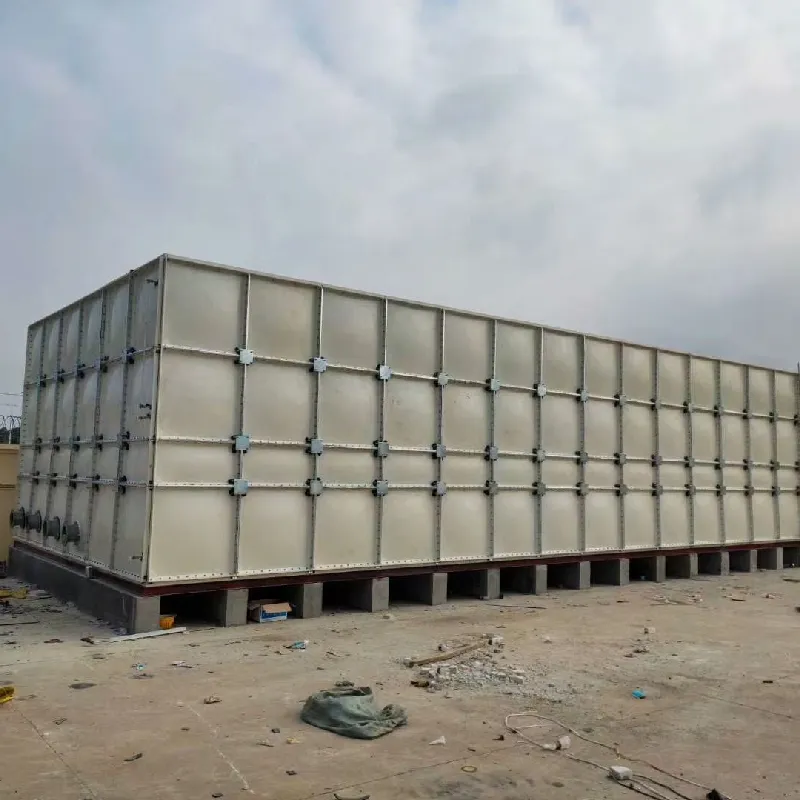loading...
- No. 9, Xingyuan South Street, Dongwaihuan Road, Zaoqiang County, Hengshui, Hebei, China
- admin@zjcomposites.com
- +86 15097380338
- Welcome to visit our website!
Innovative Solutions for Aluminum Floor Grating in Industrial and Commercial Applications
Understanding Aluminum Floor Grating Benefits and Applications
Aluminum floor grating has become an increasingly popular choice in various industries due to its numerous advantages and versatile applications. Typically crafted from lightweight yet strong aluminum, this type of grating is designed to provide a safe and reliable walking surface in environments where durability and safety are paramount.
Advantages of Aluminum Floor Grating
One of the primary benefits of aluminum floor grating is its exceptional strength-to-weight ratio. Although aluminum is considerably lighter than other materials such as steel, it still offers remarkable strength and stability. This combination makes aluminum grating ideal for applications in environments where weight restrictions are a concern without compromising on structural integrity.
Another notable advantage is the corrosion resistance of aluminum. Unlike steel, which is prone to rusting when exposed to moisture, aluminum naturally forms a protective oxide layer when exposed to air. This makes aluminum floor grating perfect for outdoor applications or in wet environments, such as factories and chemical plants where traditional materials might deteriorate over time. Additionally, aluminum can be easily anodized, further enhancing its resistance to wear and corrosion.
Safety is a critical factor in any flooring solution, and aluminum floor grating excels in this area as well. Its design often includes openings and patterns that allow for excellent drainage and reduce the risk of slips and falls. This is particularly important in workplaces where spills or wet conditions may occur. Furthermore, the lightweight nature of aluminum makes installation straightforward, allowing for quick and efficient setup, which minimizes downtime in busy operational environments.
aluminum floor grating

Applications of Aluminum Floor Grating
The versatility of aluminum floor grating makes it suitable for a wide range of applications across various sectors. In industrial settings, it is commonly used for walkways, platforms, and mezzanines. Industries such as oil and gas, petrochemicals, and food processing often implement aluminum grating for its safety features and durability, as well as compliance with stringent regulatory standards.
In commercial environments, aluminum floor grating serves as an effective solution for raised access floors, allowing for the routing of cabling and other utilities beneath the surface. This has become particularly popular in data centers and technology facilities, where flexibility and easy access to wiring are necessary. Additionally, many modern architectural designs incorporate aluminum grating for aesthetic purposes, combining functionality with sleek and contemporary looks.
Moreover, aluminum floor grating is frequently employed in recreational areas and public spaces, such as parks and boardwalks. Its lightweight and corrosion-resistant properties make it an excellent choice for these applications, ensuring safety and longevity while contributing to the overall visual appeal of the area.
Conclusion
In summary, aluminum floor grating offers a multitude of benefits, including a high strength-to-weight ratio, corrosion resistance, and safety features, making it an exceptional choice for a variety of applications. From industrial facilities to architectural projects, the versatility and durability of aluminum grating showcase its importance in modern design and engineering. As industries continue to seek efficient, safe, and sustainable solutions, aluminum floor grating is poised to play a significant role in meeting these demands. Whether for heavy-duty industrial use or aesthetic architectural design, aluminum floor grating stands out as a reliable and effective choice.
-
GRP Structures: The Future of Lightweight, High-Performance EngineeringNewsJun.20,2025
-
FRP Water Tank: High-Performance Storage for Corrosive and Clean Water SystemsNewsJun.20,2025
-
FRP Square Tube: The New Industry Standard for Chemical and Structural ApplicationsNewsJun.20,2025
-
FRP Pultruded Profiles: The Ultimate Choice for Lightweight Structural StrengthNewsJun.20,2025
-
FRP Handrails: The Safer, Smarter, and Stronger Choice for Modern InfrastructureNewsJun.20,2025
-
FRP Grating: The Smart Solution for Durable, Lightweight Industrial FlooringNewsJun.20,2025
-
Why Choose a Galvanized Water Tank for Your Storage NeedsNewsMay.21,2025
